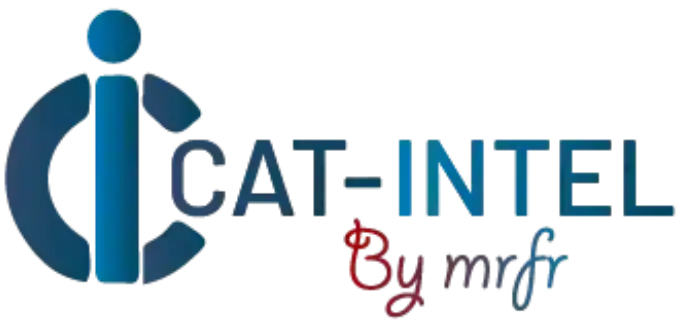Summary Overview
Lard Market Overview:
The worldwide lard market is growing steadily, driven by increased demand in major industries such as food processing, hospitality, cosmetics, and biofuels. This growing industry encompasses a diverse spectrum of lard-based products, including refined, unprocessed, and mixed compositions designed to meet specific industrial demands. Our paper provides a thorough examination of procurement dynamics, with a particular emphasis on cost-cutting measures and the use of new tools to expedite sourcing and production workflows.
Looking ahead, the lard sector has several significant difficulties, including controlling production costs, guaranteeing product scalability, maintaining quality and safety requirements, and negotiating complicated regulatory environments. To remain competitive, firms are implementing strategic sourcing techniques and data-driven decision-making to improve supply chain resilience and mitigate operational risks.
Market Size: The global Lard market is projected to reach USD 11.82 billion by 2035, growing at a CAGR of approximately 4.02% from 2025 to 2035.
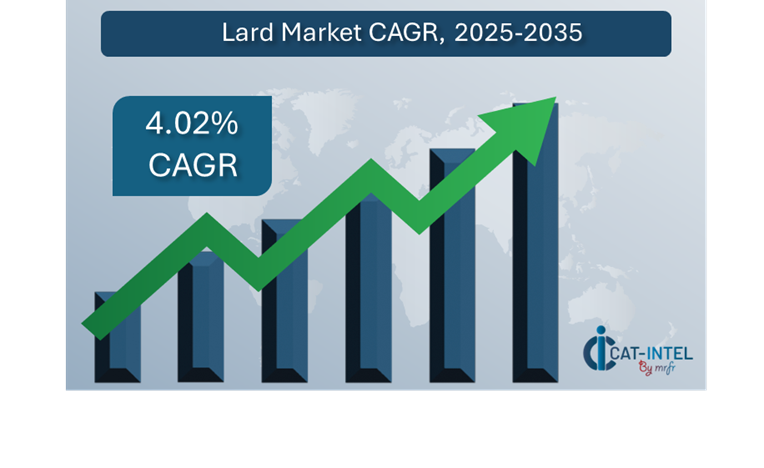
Growth Rate: 4.02%
Manufacturing and Supply Chain Optimization: There is a rising emphasis on real-time data and process integration to improve lard production, packaging, and distribution.
Retail and E-Commerce Growth: The increased demand for lard-based goods in grocery shops, specialty stores, and online marketplaces is pushing inventory management innovation.
Technological Transformation: Emerging technologies such as artificial intelligence and machine learning are being investigated to improve yield, automate quality checks, and better predict customer demand trends.
Innovations: Modular processing and packaging technologies enable producers to grow effectively, decrease waste, and adjust output to different market groups without incurring exorbitant costs.
Investment Initiatives: Companies are increasing their investment in upgraded manufacturing facilities and logistical infrastructure to reduce costs, improve efficiency, and satisfy rising market demand.
Regional Insights: Asia Pacific and North America continue to lead market expansion, with significant demand in food service, cosmetics, and biofuel industries.
Key Trends and Sustainability Outlook:
Processing Innovation: New procedures for rendering and refining lard improve purity, shelf life, and nutritional characteristics while lowering operating costs.
Advanced Capabilities: The integration of IoT and real-time monitoring enables smarter manufacturing lines, automated tracking, and more transparency in sourcing and logistics.
Focus on Sustainability: Producers are adhering to sustainability standards by maximizing raw material consumption, eliminating waste, and using environmentally friendly packaging.
Customization Trends: Increased demand for product variations, ranging from organic and non-GMO to specialized mixes for food, beauty, and industrial usage, is driving companies to create bespoke solutions.
Data Driven Insights: Market intelligence solutions assist stakeholders estimate demand and manage inventories and identify new revenue opportunities across verticals.
Growth Drivers:
Digital Transformation: The use of digital technologies in manufacturing and logistics is increasing efficiency and traceability
Process Automation: Increased automation in rendering, refining, and packing lowers labour costs while improving uniformity
Scalability Requirements: As demand grows, producers want adaptable technologies that enable scaled operations without compromising quality or compliance.
Regulatory Compliance: The increased emphasis on food safety, traceability, and labeling compliance is propelling investment in technology and quality assurance.
Globalization: Growing exports and cross-border commerce are forcing businesses to adapt to a variety of legislative, cultural, and nutritional needs.
Overview of Market Intelligence Services for the Lard Market:
Recent market evaluations have highlighted important issues in the lard sector, such as high manufacturing and distribution costs, as well as an increasing requirement for product customisation to suit different end-user needs. Market intelligence studies deliver meaningful insights into procurement possibilities allowing businesses to identify cost-cutting methods, strengthen supplier relationships, and increase the overall success of implementation efforts.
Procurement Intelligence for Lard: Category Management and Strategic SourcingTo remain competitive in the lard market, firms are fine-tuning their procurement strategy through rigorous expenditure analysis and supplier performance monitoring. Effective category management and strategic sourcing are critical in decreasing procurement costs and guaranteeing a consistent supply of high-quality fatty products. Businesses that use up-to-date market knowledge may improve their sourcing strategy, make data-driven choices, and gain better terms from suppliers.
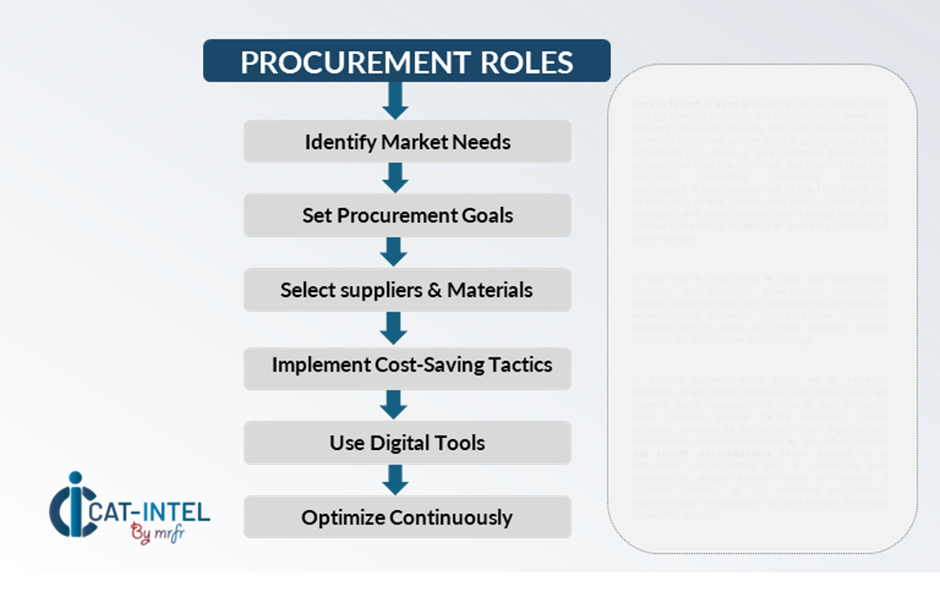 Pricing Outlook for Lard: Spend Analysis
Pricing Outlook for Lard: Spend Analysis
The pricing prognosis for lard products is projected to be somewhat volatile, affected by several key variables. Key factors include technology breakthroughs in processing, altering customer tastes, product formulation customisation, and regional pricing discrepancies.
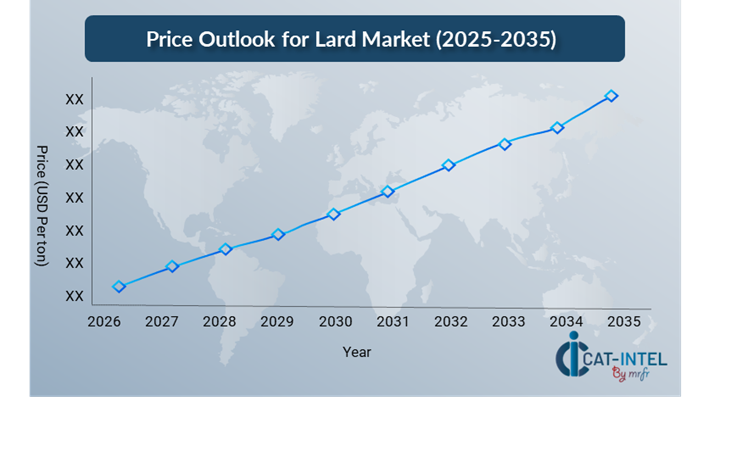
Graph shows general upward trend pricing for Lard and growing demand. However, there may be fluctuations influenced by economic conditions, technological advancements, and competitive dynamic.
To address these problems, businesses are focusing on optimizing procurement procedures, strengthening supplier relationships, and implementing flexible, scalable sourcing models. Using digital technologies for real-time market monitoring, price forecasting using data analytics, and automated contract administration may dramatically improve cost-cutting initiatives.
Building solid connections with dependable suppliers, negotiating long-term agreements, and investigating value-based pricing models are all important techniques for sustaining cost stability. Regardless of market swings, concentrating on supply chain agility, operational efficiency, and sustainable sourcing will be critical to maintaining cost-effectiveness and long-term company success.
Cost Breakdown for Lard: Total Cost of Ownership (TCO) and Cost-Saving Opportunities
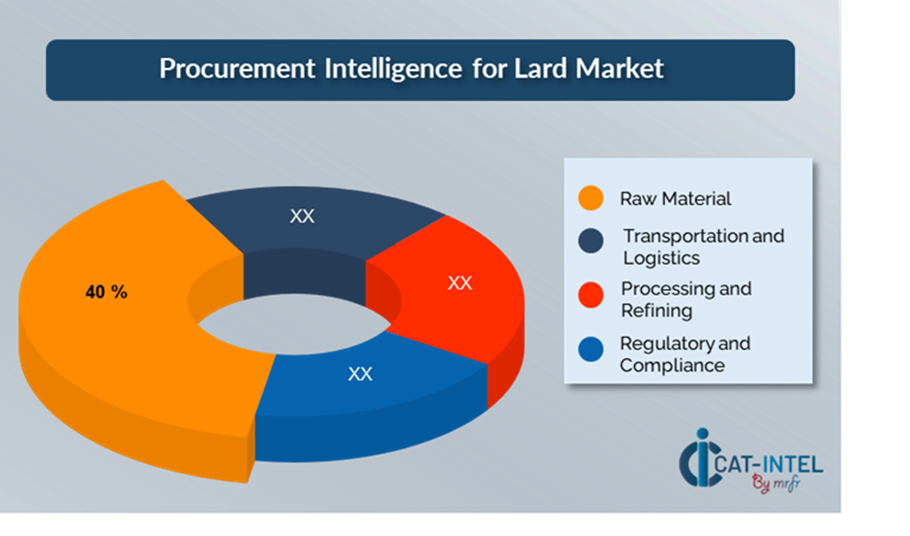
Raw Material: (40%)
Description: The key cost component for lard procurement is raw material, which is affected by factors such as animal pricing (particularly pigs), feed costs, and pork production levels.
Trend Point: Raw material costs are extremely vulnerable to swings in pig prices, which are caused by variables like as disease outbreaks, feed prices, and worldwide demand for pork-based goods.
Transportation and Logistics: (XX%)
Processing and Refining: (XX%)
Regulatory and Compliance: (XX%)
Cost-Saving Opportunities: Negotiation Levers and Purchasing Negotiation Strategies
In the lard business, simplifying procurement procedures and using smart bargaining strategies may result in significant cost reductions while also improving overall operating efficiency. Establishing long-term arrangements with reputable lard suppliers—especially those providing value-added services such as packaging, logistics, or specialized formulations can result in better price structures and terms, such as volume-based discounts and bundled service alternatives. Flexible pricing methods, such as subscription-style supply agreements or multi-year contracts, can assist guarantee more consistent rates while mitigating market volatility and price surges.
Partnering with creative suppliers who promote scalability and sustainability adds value by providing access to traceability tools, clean-label product developments, and efficient manufacturing techniques, all of which lead to long-term cost reductions. Using digital procurement solutions, such as contract lifecycle management systems, demand forecasting analytics, and use monitoring, increases transparency, reduces overstocking, and optimizes supply chain efficiency.

Supply and Demand Overview for Lard: Demand-Supply Dynamics and Buyer Intelligence for Effective Supplier Relationship Management (SRM)
The lard market is expanding steadily, driven by increased demand in industries such as food production, hospitality, and industrial food processing. Consumer preferences, technical advancements in manufacturing, and global economic situations all have an impact on supply and demand.
Demand Factors:
Health and Clean Label Trends: The increased consumer desire for natural, minimally processed ingredients is driving up demand for high-quality lard, particularly in the clean-label and organic product categories
Food Industry Innovation: Manufacturers are increasingly employing lard in artisanal and traditional food products, creating a demand for reliable, customisable formulas with precise texture and flavour characteristics.
Culinary Application Expansion: The renewed interest in traditional cuisine and gourmet uses has broadened lard's appeal beyond industrial use to luxury retail and catering channels.
Sustainability and Traceability: Rising demand for traceable, sustainably sourced animal fats is affecting procurement decisions, particularly among eco-conscious firms.
Supply Factors:
Technological Advances in Processing: Innovations in rendering and refining techniques are improving the quality, shelf life, and variety of lard products, hence increasing supplier competitiveness.
Diverse Supplier Base: A combination of worldwide suppliers and specialist regional processors provides purchasers with a diverse variety of sourcing alternatives, including organic, non-GMO, and specialty-grade lard.
Global Economic Conditions: Variables such as currency rates, feedstock availability, and energy prices have an influence on production costs and supply chain stability, which in turn affect market pricing.
Modular Supply Solutions: Increasing supply chain flexibility, such as on-demand packaging, bulk delivery, and bespoke mixes, enables providers to better satisfy the demands of various customer groups.
Regional Demand-Supply Outlook: Lard
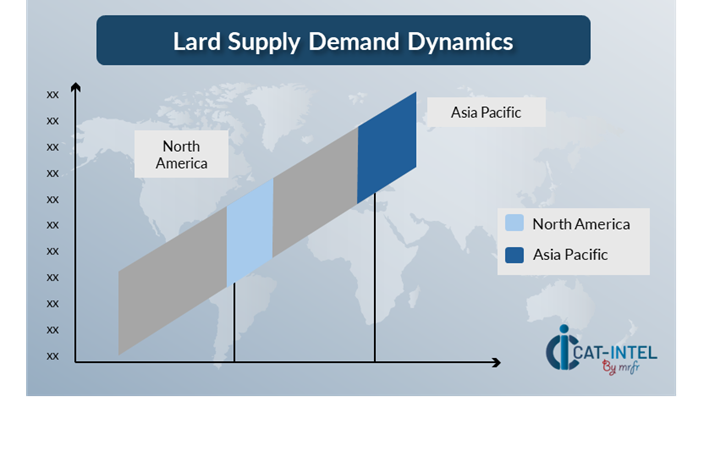
The Image shows growing demand for Lard in both Asia Pacific and North America with potential price increases and increased Competition.
Asia Pacific: Dominance in the Lard Market
Asia Pacific, particularly China, is a dominant force in the global Lard market due to several key factors:
Demand in Traditional and Regional Cuisines: Lard is a common component in meals including dumplings, pastries, and stir-fried delicacies, driving significant demand for lard in both commercial food production and households.
Rapid Growth in Food Processing and Manufacturing: The need for high-quality fats such as lard, which are utilized in food processing because of their flavour, texture, and low cost in mass production.
Expanding Middle-Class Population: The expanding middle-class population in Asia-Pacific, notably in China and India, is pushing up demand for higher-quality food products, including those containing lard.
Large Livestock Industry: The Asia-Pacific area has a well-established livestock industry, notably in China, Vietnam, and Thailand, where pork is widely produced.
Growing Popularity of Local Products: Asia-Pacific has seen a particularly strong trend toward sustainability and locally produced products.
Asia Pacific Remains a key hub Lard Price Drivers Innovation and Growth.
Supplier Landscape: Supplier Negotiations and Strategies
The lard industry's supply environment is diversified and competitive, with large-scale worldwide suppliers and specialized regional processors influencing market dynamics. These vendors have a significant impact on price strategies, product customisation, supply reliability, and service quality. Established agri-food enterprises lead the industry, offering a diverse array of rendered fat products, including refined lard for industrial and culinary applications.
At the same time, smaller, niche producers specialize in certain verticals such as organic, non-GMO, or heritage pig fat, frequently distinguishing themselves by distinctive product features, artisanal quality, or value-added services. The lard supply ecosystem spans key agricultural and processing areas, and it comprises both global firms with extensive distribution networks and creative local producers meeting regional or industry-specific demands.
Key Suppliers in the Lard Market Include:
China Kangda Food Company
Darling Ingredients Incorporated
SARIA Group
Ten Kate
Vion Foods Group
JBS USA
Smithfield Foods
MPO (Meat and Protein Organization)
China National Petroleum Corporation
Vega Meat Processing
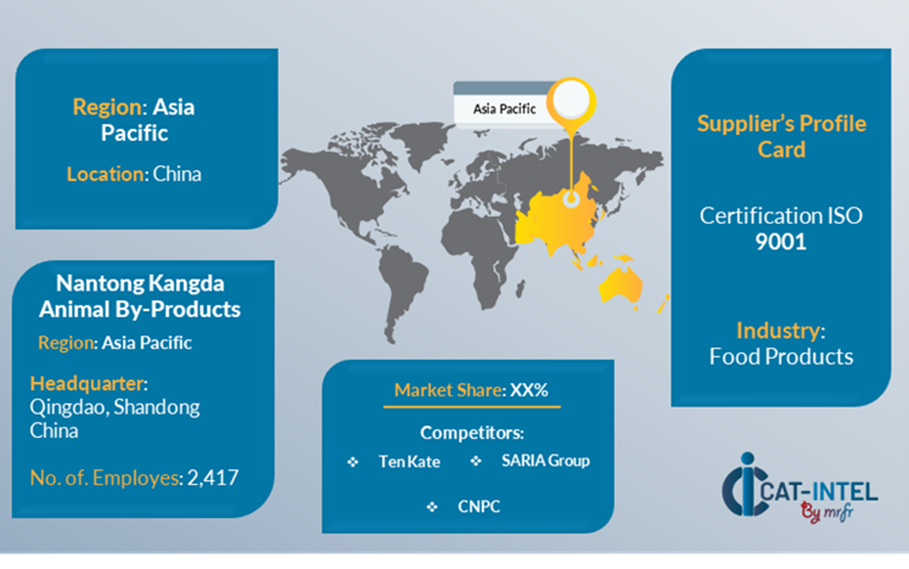
Key Developments Procurement Category Significant Development:
Significant Development |
Description |
Market Growth |
The lard market is steadily expanding, driven by increased demand in food processing, culinary applications, and industrial uses—particularly in emerging regions with changing dietary preferences and food production capacity.
|
Cloud Adoption |
Consumers and authorities are increasingly emphasizing animal welfare, environmental effect, and clean-label components, resulting in a trend toward sustainably produced and traceable animal fats.
|
Product Innovation |
Suppliers are increasing their product lines to include specialized lard variations such as organic, non-GMO, and heritage pork-based choices, as well as customizable formulas for the baking, confectionery, and restaurant industries.
|
Technological Advancements |
Advances in rendering technology, refining processes, and food-grade preservation are boosting product quality, shelf life, and usefulness while also increasing supply chain competitiveness and efficiency.
|
Global Trade Dynamics |
Changing trade policies, tariffs, and regulatory frameworks are altering import/export flows, price, and supplier selection, particularly for multinational buyers operating across diverse regions. |
Customization Trends |
Tailored lard solutions, such as bespoke packaging, formulation mixes, and supply schedules, are becoming increasingly popular to fulfill the operational demands of producers, merchants, and foodservice providers.
|
Lard Attribute/Metric |
Details |
Market Sizing |
The global Lard market is projected to reach USD 11.82 billion by 2035, growing at a CAGR of approximately 4.02% from 2025 to 2035.
|
Lard Technology Adoption Rate |
Approximately 60% of large-scale food producers currently use sophisticated rendering and refining technology, with an increasing emphasis on automated and sustainable production processes to improve efficiency and product quality.
|
Top Lard Industry Strategies for 2025 |
Key efforts include sustainable sourcing, product line diversification (e.g., organic or heritage pork fat), unique packaging solutions, and the use of digital supply chain technologies for traceability and logistical optimization.
|
Lard Process Automation |
Approximately 50% of lard manufacturers have automated essential operations such as rendering, packing, quality testing, and compliance reporting, resulting in improved output consistency and lower labour costs.
|
Lard Process Challenges |
Significant problems include unpredictable raw material costs, regulatory compliance, temperature-sensitive logistics, and customer perception of animal fats in health-conscious markets.
|
Key Suppliers |
China Kangda Food Company, Darling Ingredients and SARIA Group are major participants, along with regional processors that specialize in artisanal and foodservice-grade lard.
|
Key Regions Covered |
Leading regions include Asia Pacific and North America, where lard is used in bakeries, traditional cuisines, processed meals, and industrial fat uses.
|
Market Drivers and Trends |
The return of traditional cooking fats, increased interest in clean-label and minimally processed products, and technical advances in fat rendering, storage, and customisation are all driving growth.
|
